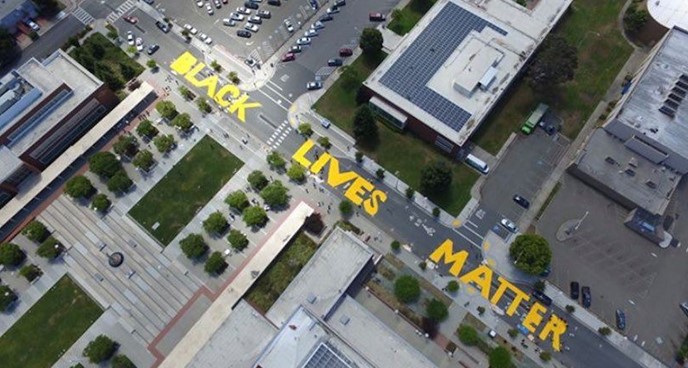Years ago, Silicon Valley tech giants acknowledged that they have miles to go in terms of diversity. Facebook, Twitter, and Google knew they weren’t the best in that area by any stretch of the imagination. Yet, even with the social justice movements in the last 5 years – Me Too, Black Lives Matters, LGBTQ+ – there has been any change. The improvement that was promised has been slow (if at all).
Following the murder of George Floyd in Minneapolis, the fight for diversity in Silicon Valley resurged. Industry stakeholders are interested in looking at why it’s so difficult to boost diversity and inclusion in the tech industry. What’s happened in the last 5+ years, and how and why are these companies failing minority populations?
Tech companies and diversity
The Silicon Valley tech giants first pledged to be proactive in the fight for diversity and inclusion in 2014. Yet, since then, Black employees have made up less than 5 percent of the workforces at companies like Facebook, Twitter, Google, and Microsoft Corp. This is evident in their annual diversity reports. Apple Inc. had the highest percentage of Black employees of all 5 of these tech giants at 9 percent (2018). Though admittedly this figure does include workers who are employed at Apple’s retail locations.
These numbers are not just limited to the Black community. There has been similarly slow growth in its Hispanic demographic of workers. At Apple, there has been only a 3-percentage point increase (in 4 years) in Hispanic employees. Over three years, Microsoft brought on only 0.8 percent more Hispanic employees. From 2014 to 2019, Twitter increased their percentage of Hispanic employees from 3 to 3.9 percent. Anyone who sees these numbers know these do not reflect a true effort to diversify. Numbers like these show a vague (and perhaps coincidental) increase – not a real push for change.
Why is Silicon Valley failing?
And here’s the thing. Silicon Valley isn’t used to failing. These are some of the most successful companies with some of the brightest minds in the world. If they can’t improve their hiring practices, there’s must be some sort of problem, right?
One article titled On Diversity, Silicon Valley Failed to Think Different highlights that the tech industry is new. It didn’t inherit the same type of racism that other industries (like banking did), but they have replicated it nonetheless. Now companies must work twice as hard to reverse this pattern and implement initiatives that address diversity and inclusion in both hiring and retaining employees.
The interesting thing about this is that many of these companies have implemented various initiatives, but they just don’t seem to result in a change in workforce diversity data. For example, Facebook has invested in a number of computer science education programs. Microsoft has also worked with several outside organizations to fix the talent “pipeline” and to facilitate interest in tech careers in traditionally underrepresented populations.
That said, diversity has come with a mixed bag of definitions. Companies are desperately trying for “anything but white males,” and it can be hard to come up with actionable change when there are so many different directions you can go.
Other notable issues with Silicon Valley diversity
If instituting programs to facilitate interest in tech careers aren’t helping pull in non-white male groups, what will? Quora found that companies were lacking dedicated groups of underrepresented employees for candidates to consult. The failure to see diversity and inclusion from the start seemed to be impacting potential employee’s decision-making process.
Furthermore, in a related sense, experts have noted that part of the reason that the movement hasn’t resulted in a change in the data is that hiring managers aren’t being held accountable. If these individuals – who are effectively in charge of bringing employees to the company – aren’t on board with making changes, then there won’t be any different.
Finally, retention seems to be a large issue. Even if a company can hire a diverse set of employees, it doesn’t mean they can keep them. Companies need to double down on their efforts for both hiring and retention. If minority or underrepresented populations aren’t choosing to stay at your company, ask yourself why. The answer may not be one you like, but until you know the answer, you can’t work towards change.
Final thoughts
Silicon Valley has a long way to go. Yet, it’s important to remember that they opted for a model that fails in diversity and inclusion, and they must be held to a higher standard. If they can have some of the most inventive technologies on the market, they can do better here as well.







